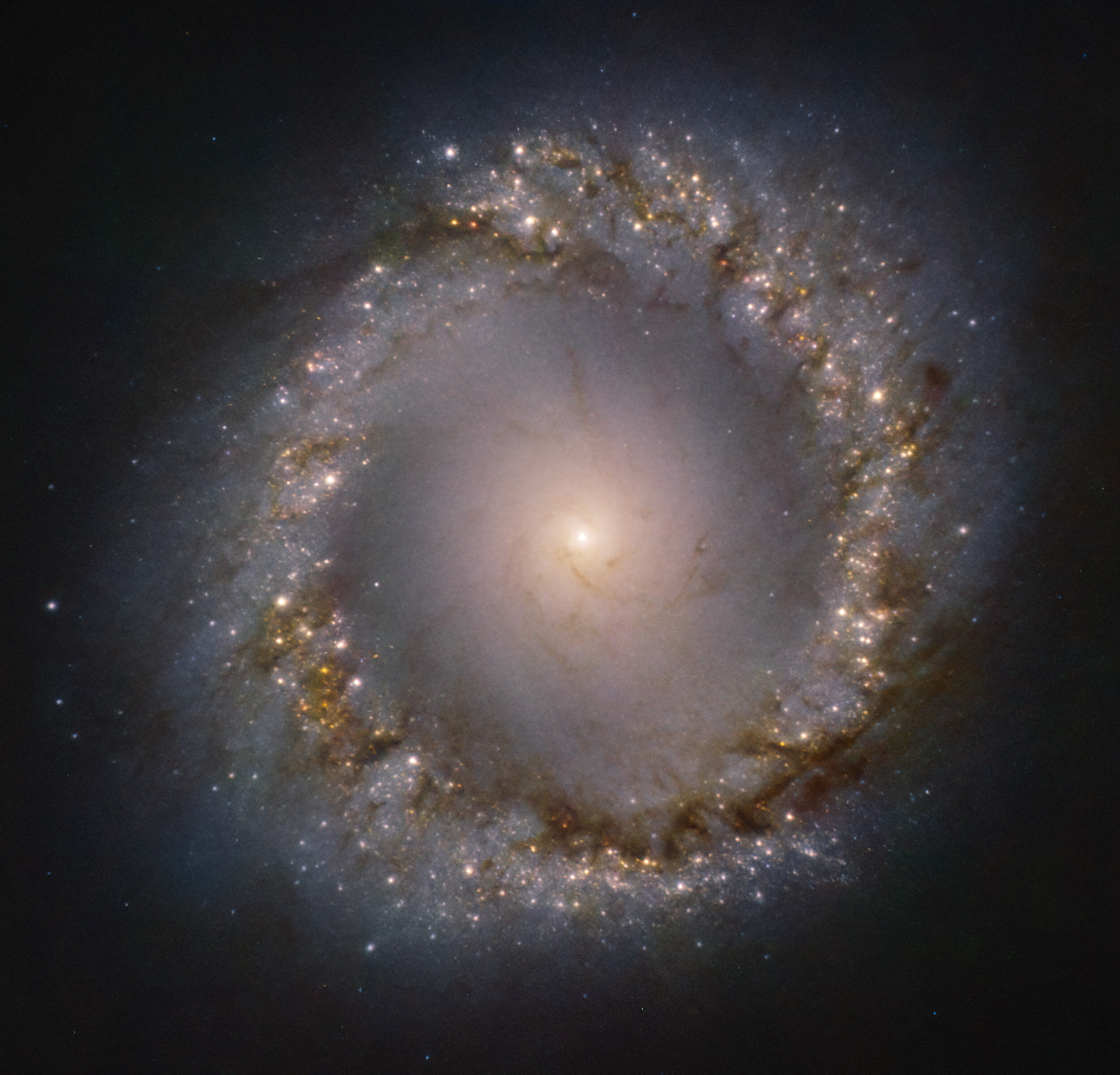First light of ERIS at the Very Large Telescope
ERIS, the Enhanced Resolution Imager and Spectrograph, is the newest infrared instrument installed at the Very Large Telescope in Paranal, Chile. After about a year of commissioning where the instrument was installed and calibrated, ERIS has finally captured its first image: a stunning view of the inner ring of the galaxy NGC 1097 located 45 million light-years away from Earth.

At the centre of this galaxy is a supermassive black hole that feeds off its surroundings, a so-called active galactic nucleus. To create this image, the galaxy was observed through four different filters by NIX, the infrared imager of ERIS, and the resulting frames were represented using the colours blue, green, red, and magenta to highlight the different wavelengths of each filter.
Our group at ETH was involved at different steps of the project. In 2018, Dr. Adrian Glauser, Prof. Sascha Quanz, Polychronis Patapis, and Prof. Hans Martin Schmid developed in colaboration with the D-Phys Engineering Office and workshop two cryogenic mechanisms for NIX, the Aperture Wheel and the Pupil and Filter Wheel, that operate at 70 K (-203˚C) with a very high mechanical accuracy of a few of microns. In addition, Dr. Anna Boehle, tested the Appodized Phase Masks that will be used to image exoplanets.
This past year, three PhD students, Jean Hayoz, Felix Dannert, and Markus Bonse, joined the ERIS consortium and travelled to Paranal, Chile, and Garching, Germany, to commission the high-contrast imaging modes of NIX: the focal-plane coronagraph, the apodizing phase-plate coronagraph, and the sparse aperture masks. These techniques enable the direct detection and characterisation of faint substellar companions such as gas giant exoplanets, brown dwarves, and binaries.
After delivering first light, ERIS will soon start its scientific operations. Our group will continue to work with the instrument by leveraging the guaranteed-time observations rewarded for our involvement in the project as well as through competitive open-call proposals, producing exciting new science with the latest infrared instrument of the Very Large Telescope.